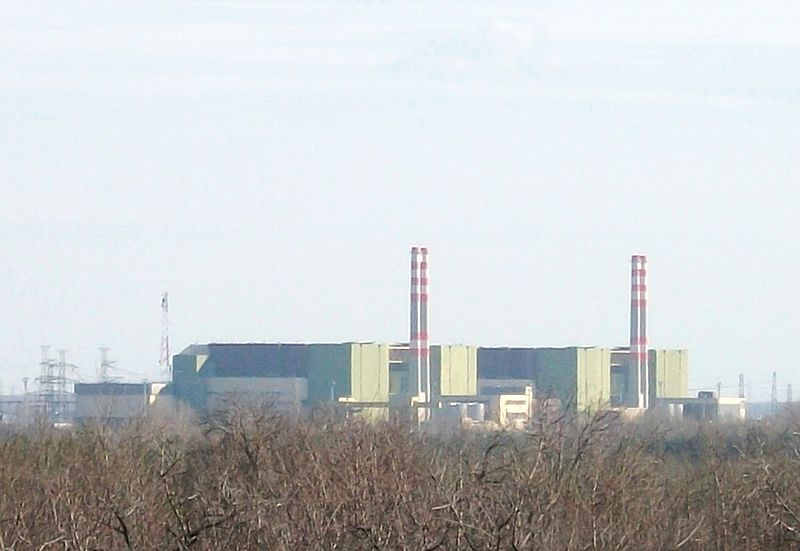In previous blogs, I have discussed the fact that a few nations are hoping to make nuclear technology and fuel exports a major source of revenue. France, Russia, South Korea, Japan and the United States are involved in this competition to bring their nuclear products to the nuclear market.
The U.S. Department of Commerce predicts that the international market for nuclear technology and fuel will grow from the current five hundred billion dollars to seven hundred forty billion dollars in the next decade. They estimate that every billion dollars worth of nuclear exports will require the creation of five thousand domestic manufacturing jobs in the exporting country. The Nuclear Energy Institute reports that there are seventy one new nuclear power plants currently under construction in the world. In addition, there are one hundred sixty nuclear power plants either being licensed or in the advanced stages of planning.
While Germany and other nuclear nations are rethinking their dependence on nuclear power for generating electricity, third world countries are increasingly attracted to nuclear power. Nuclear powers are often providing foreign aid in the form of loans to third world countries. In turn, the recipient countries are pouring those loans back into nuclear technology from companies in the loaning country.
The U. S. is currently the largest producer of nuclear technology in the world. However, the U.S. nuclear industry has been declining for years. While safety and rising costs have impacted new nuclear projects, cheap natural gas has made nuclear power generation much less attractive to U.S. utilities. There seems to be little domestic support for development of major nuclear export capability.
Russia is perhaps the most aggressive and heavily invested of all the nuclear exporting countries. Thirty seven percent of the new nuclear facilities in the world are being built by Russia. They intend to double their own domestic nuclear power generation by 2020. Their nuclear exports to third world countries are scoring them points in terms of fostering diplomatic and economic ties. Russian nuclear technology is being exported to countries such as Hungary, Venezuela, Turkey and Iran.
In the context of geopolitical influence, U.S. supporters of nuclear power complain that the U.S. is allowing Russia to gain global influence through nuclear exports. They say that U.S. companies cannot compete with Russian companies that get heavy subsidies from the Russian government. Critics of nuclear power point out that the Russian emphasis on breeder reactors and plutonium for nuclear fuel increase the possibility of plutonium being diverted to nuclear weapons production.
Russia has a horrible record on the control of nuclear pollution and power plant waste. They almost certainly will have major nuclear accidents in the future. Some of the third world countries that are seeking nuclear power have very corrupt governments which guarantees that there will be major nuclear accidents in those countries that adopt nuclear power but fail to regulate it successfully.
Eastern Europe has already suffered energy shortages when political disputes with Russia have resulted in a cutback of natural gas flow. Nuclear power exports to the third would will give the exporting countries enormous leverage to influence the foreign policies of the receiving countries. Totally aside from deliberate political machinations, any nuclear manufacturing and/or supply problems in Russia could be devastating to third world countries dependent on Russian nuclear technology and/or nuclear fuel.
The United States would be better off helping third world countries achieve sustainable alternative energy systems than trying to create leverage with nuclear exports as Russia is doing.
Hungary's Paks nuclear power plant:
